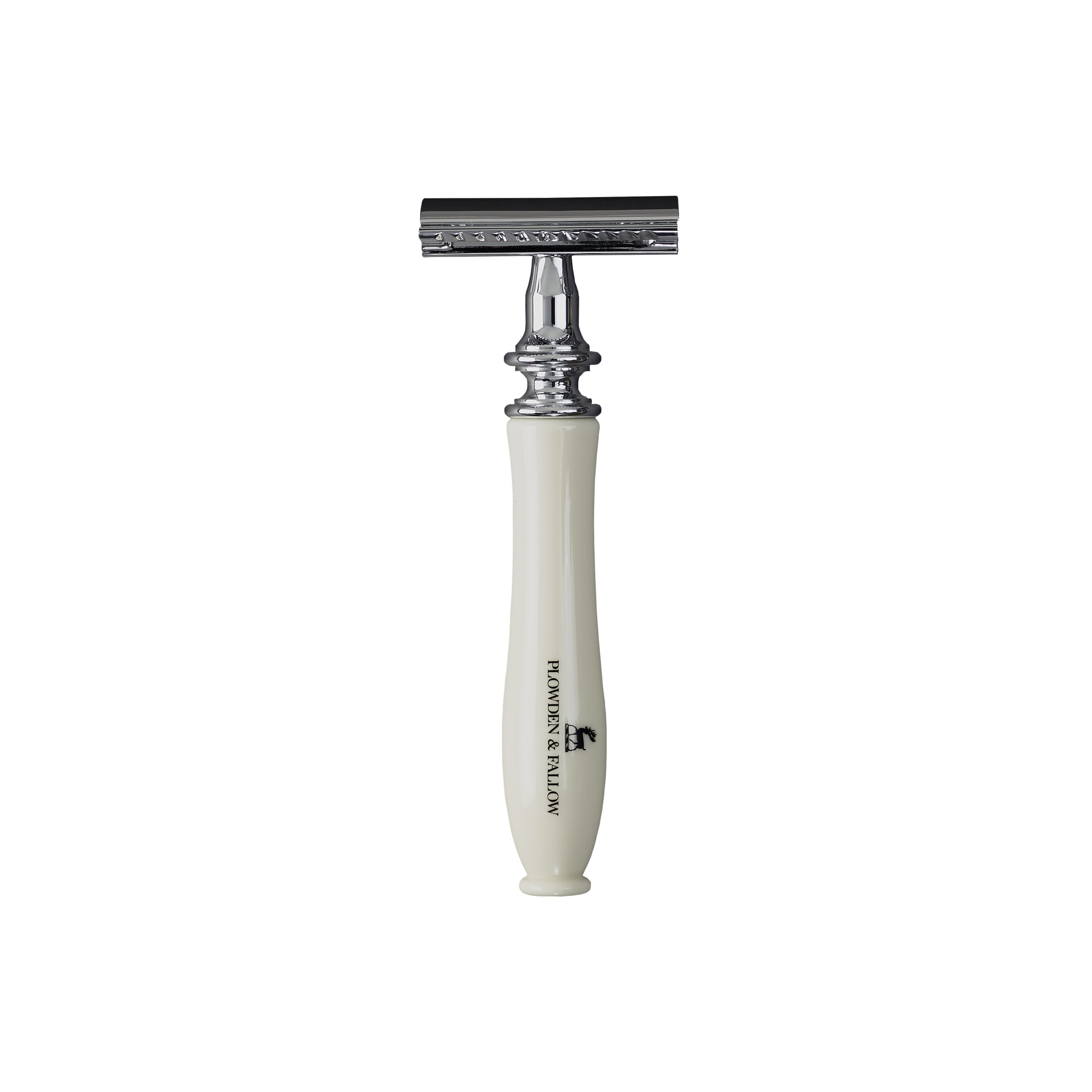Safety Razor Blades- How long do they last?
Plowden & Fallow’s 3 Piece Safety Razor Shaving Set and A Close Shave Shaving Cream.
Today, we're diving into the realm of safety razor maintenance, specifically addressing the frequently asked question: How often should you change your safety razor blades? To regular readers of our blogs, we make no secret that we are big fans of the humble safety razor, from the quality of the shave to the affordability and environmental considerations, we want to see more men adopt the traditional wet shaving routine, in which the safety razor excels.
The Basics of Safety Razor Blades
First and foremost, let's understand the basics. Safety razor blades are an integral component of your grooming routine, helping to provide a close and smooth shave. These blades are typically made of stainless steel and come in various sharpness levels to cater to different skin types and beard textures.
Factors Influencing Safety razor Blade Longevity
Several factors play a crucial role in determining how often you should change your safety razor blades:
Beard Thickness and Growth Rate:
Those with thicker beards or faster facial hair growth may find themselves changing blades more frequently to maintain optimal shaving performance.
Shaving Frequency:
The more often you shave, the quicker your razor blades will wear out. Consider adjusting your blade-changing routine based on your grooming frequency.
Skin Sensitivity:
Individuals with sensitive skin might prefer changing blades more regularly to avoid irritation. A dull blade can contribute to nicks, cuts, and uncomfortable shaving experiences.
Blade Type and Brand:
Different blades have varying lifespans. Experiment with different brands and types to find the one that offers the best balance between sharpness and longevity.
Signs It's Time to Change Your Razor Blade
Now that we've covered the factors influencing blade longevity, let's explore some tell-tale signs that indicate it's time for a change:
Dullness:
If you notice increased tugging, pulling, or uneven shaving, your blade may have dulled. A sharp blade ensures a smooth and comfortable shaving experience.
Redness and Irritation:
Persistent redness, irritation, or razor burn could be a sign of a blade that has lost its edge. Changing the blade can alleviate these issues.
Reduced Efficiency:
A blade that struggles to cut through hair effortlessly may be past its prime. Changing blades can restore the efficiency of your safety razor.
Conclusion
In conclusion, the frequency of changing safety razor blades is a subjective matter influenced by various factors. To achieve the best results, pay attention to the signs mentioned above and adjust your blade-changing routine accordingly. Experiment with different blades to find the perfect balance between sharpness and longevity, ensuring a consistently enjoyable shaving experience. To browse Plowden & Fallow’s range of Safety Razors please CLICK HERE.
Remember, a well-maintained safety razor guarantees not just a clean shave but also a sense of pride in your grooming routine.
Yours faithfully,
Plowden & Fallow Customer Services.




